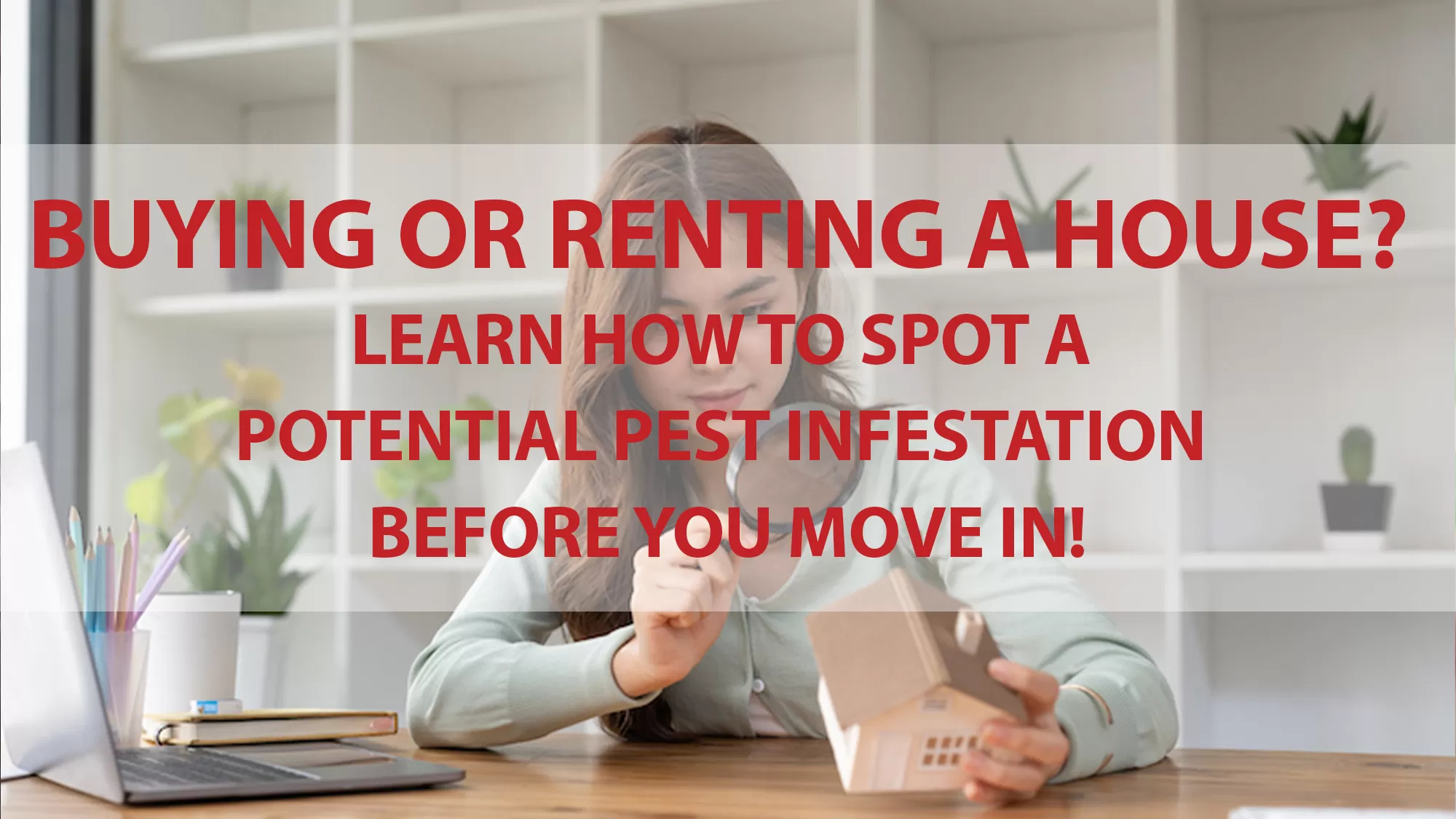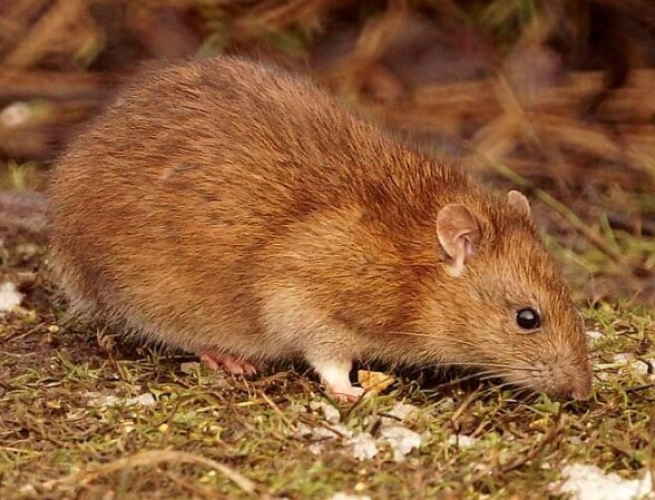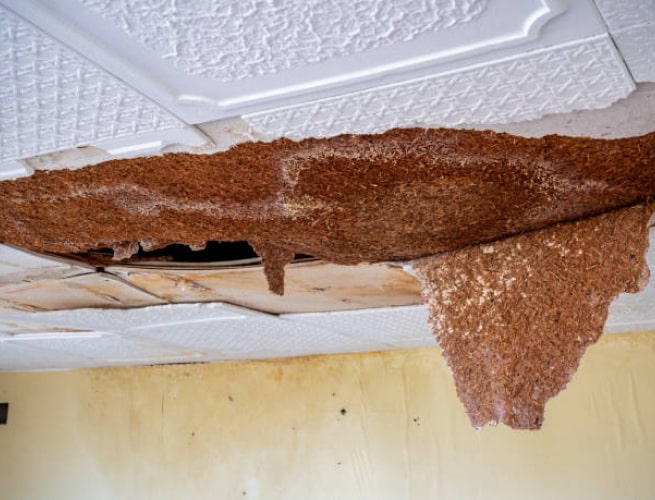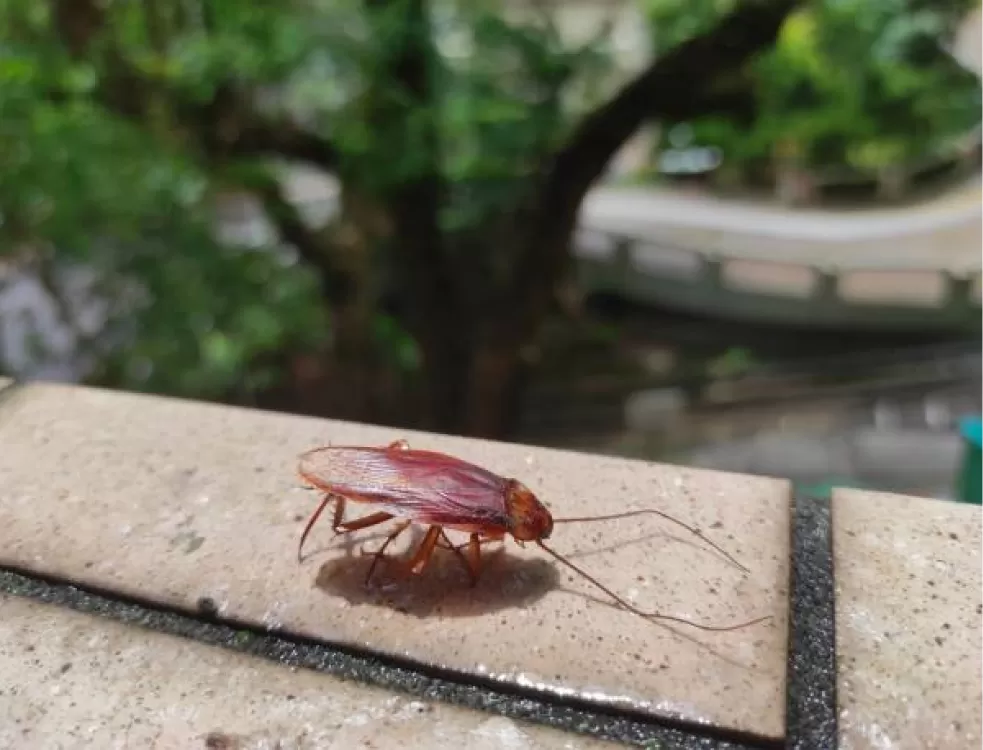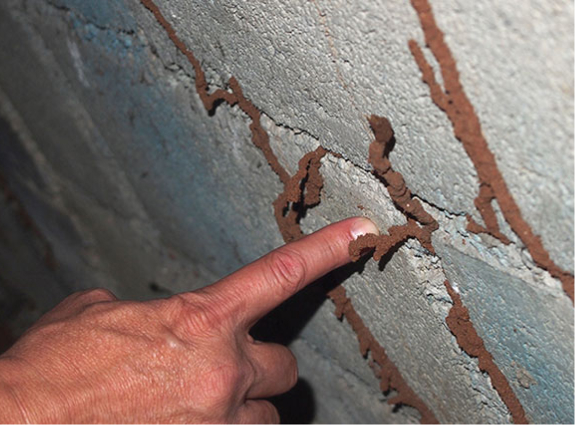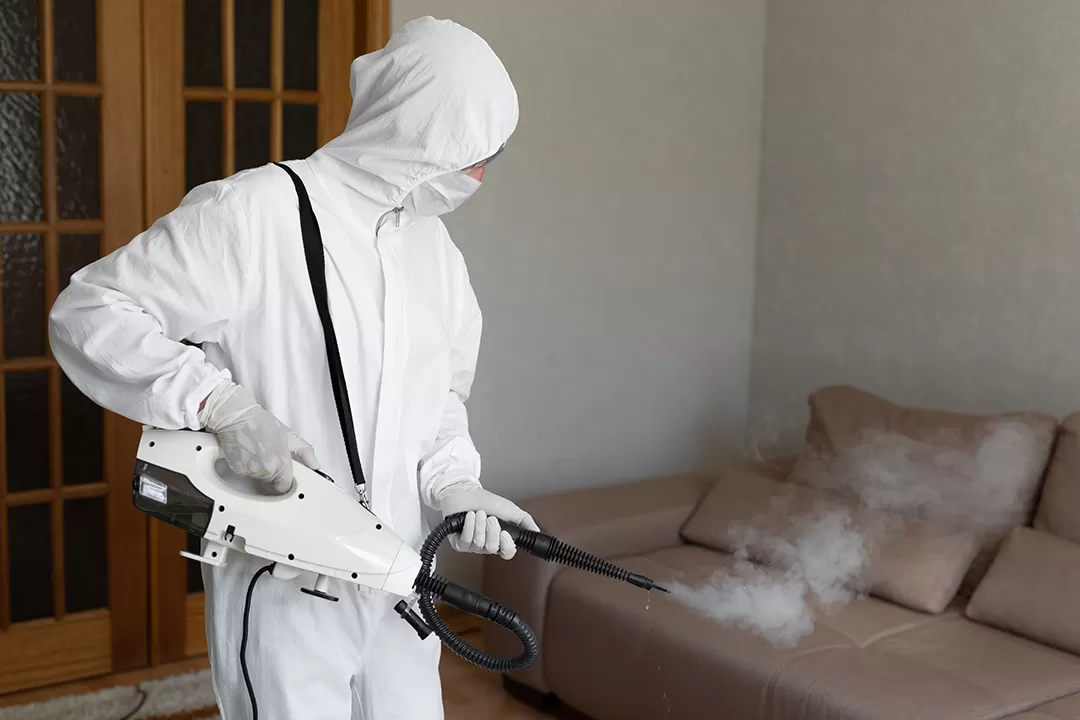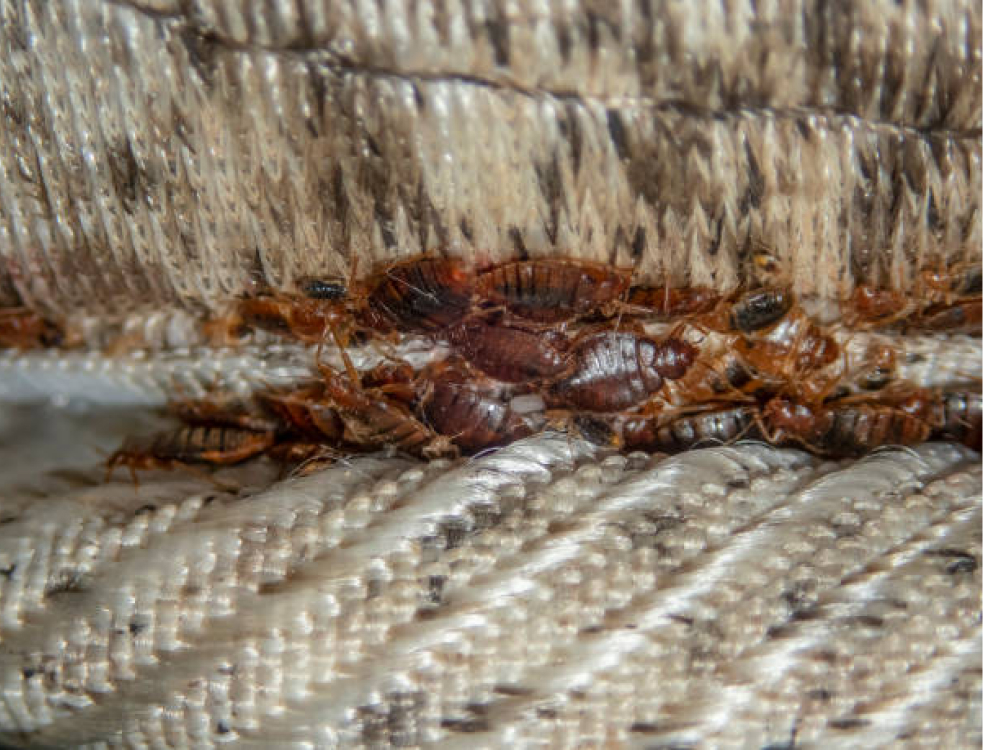When renting or buying a property, most people base their decision on the advantages it offers, such as access to schools, public transportation, and parks. But, as important as these are, you should also pay heed to the interior – especially the pest situation.
You’ll be surprised how many potential home buyers and tenants ignore the possibility of a pest infestation and only base their property assessment on the condition of the doors, windows, walls, and floor. Don’t make the same mistake as they do!
As a potential buyer or tenant in Singapore, you should gather a strong insight into what pests may be lurking in the nooks and crannies of the house. How can you do that? Well, pest infestations have a common pattern. Keep reading to learn some easy ways to identify a pest problem in a property.
Ways to Identify a Potential Pest Infestation in Your House
Keep An Eye Out for Live Pests
The most obvious sign of a pest infestation is the sight of live pests. If you see rodents and insects scattering around, you can be certain there’s a pest problem on the property. However, spotting live insects is not as easy as it seems.
Most pests are great at sneaking around, so they will swiftly move back to their safe hiding spot as soon as they hear footsteps or see lights coming on. So, you’ll need to investigate thoroughly if you wish to find live pests on a property, especially during the daytime when these critters are not very active.
Scan the room nicely. Check inside cabinets, under furniture, and in dark places. Live pests might flee, but you may also find some dead pests around the house. This, too, is a sign that a pest population exists in the home.
Dead or alive, whenever you see a pest during an inspection, you can use it as a bargaining chip and demand that professional pest control is completed before you move in.
Check for Other Signs of Pest Activities
Refrain from disregarding the possibility of a pest problem just because you did not find any dead or live pests. Check for other indicators. Pay close attention to gnawed holes, damaged food packaging, and droppings. For, these are all signs that one or more pest species reside on the property.
When you find gnaw marks or faecal matter, you can assess them to identify what types of pests live there. For example, brown spots around or inside cabinets suggest cockroach activity, while larger droppings are generally a sign of rodents.
Are there any small brown or maroon spots on the walls, near switch plates and outlets, and behind the beds? If there is, there is a bedbug population in the house. As such, you should be worried about these bugs spreading to other parts of the house and also hitching a ride with you back to your home.
Another significant sign is the sound of pests. Pest makes noises when they move and eat. So, listen carefully for characteristic noises.
Notice Evidence of Nesting
Evidence of nesting is another sign you should take seriously. This could include a wasp nest latching onto a section of the house or a mouse nest made of sawdust or shredded paper. Nesting is sometimes the only piece of evidence some insects leave behind.
For instance, carpenter ants do not leave any faecal matter but will leave a trail of wood shavings that they kick out from inside their wooden nest. Therefore, if you notice something like sawdust on windowsills or other spots, it could hint towards serious structural damage caused by these critters. If you detect something suspicious but do not know what it is, be sure to mention it to the inspector.
Check for Damage to the Property
Pests are notorious for causing damage to the property they choose to hide in. No wonder homeowners hate pests with all their hearts. A pest infestation can lead to massive destruction within a very short span of time. During your inspection, look for signs of damage, such as holes in walls and chew marks on baseboards. These damages are most noticeable in older homes, but newer properties are not safe either. Ask your real estate agent about any damage that you notice.
Carry a flashlight so you can inspect dark and hard-to-reach places, as these are where pests love to hide and also leave maximum proof of their presence. Shine the flashlight into cabinets to check if there are any brown specks – a sign of German cockroaches. Shine it behind radiators and baseboards to check if there are any holes made by rodents.
Also, check the baseboards near the entry points of a room where the wall and floor meet. Any small holes or chew holes could suggest insects and rodents. Baseboards are also a favoured hiding spot for bed bugs when the room is empty.
Finding Pest Traps
Did you notice bait stations or traps during your visit? Sometimes, previous owners leave behind roach motels, rat traps, mouse traps, etc. This would suggest there is a pest problem the homeowner was trying to tackle.
If you see any of these, discuss them with the inspector. Finding empty pest control bottles is also concerning. You should definitely also discuss this with him and enquire whether there are pest issues in the property. Also, ask whether it has been taken care of and find out about any history of pest infestations.
Unpleasant Smell of Pests and Pest Droppings
If you notice a foul odour in your potential new home, it could hint towards a pest problem. Pest activities often lead to unpleasant smells. This could be the bad odour of rotting food or the smell of dead pests.
You should be alert, especially if the smell is coming from a particular room or area. For example, a musty-smelling basement could be a sign of mildew or mould. A sweet or oily smell from the kitchen could hint towards an infestation of cockroaches or ants. When you enter the apartment or home, take a good sniff and let your nose tell you if something is wrong.
Analyse the Outdoor Space Too For Pest Infestation
When inspecting a property before renting or buying, you should also pay attention to the possibility of pests outside the home. For example, if you look carefully, you might find a termite mound in the backyard. If you want to be sure there is a termite problem in the house, you should also look out for other signs of a termite infestation. Mole holes and damaged plants are also indications of pest infestations. This is why checking the outer boundaries of the property is just as important as analysing the home’s interiors.
Now that you are already outside checking the space surrounding the property, you can also ask the neighbours about pest problems in the area. Sometimes, neighbours can warn you about possible pest problems which a real estate agent might not disclose.
Final Takeaway
Moving into a new home without proper investigation can be a very costly move. What if you discover an insanely big population of pests in the house after you move in? That is not a situation you would appreciate. So it is better to perform due diligence and learn all you can about the pest problems the place might be battling.
Visit the property a few times before you make a final decision and consult an inspector. Look for signs such as live pests, pest droppings, physical damage to property, and foul odours. Also, check the exterior and outdoor space to learn as much as possible. You can also ask the neighbours to learn about potential pest problems in the area.
But finding a potential pest problem should not be a deal breaker. You can always call a reliable pest control service provider to examine the situation and help you take care of the pest infestaion. After all, pests are not unstoppable, and just by taking proper steps, you can keep them at bay.

